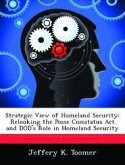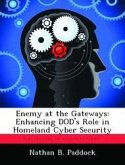The operational tempo of the Army has increased over 300 percent since the Gulf War, yet the size of the Army has decreased by one-third. Many of the capabilities of the active Army have been shifted to the reserve components. This has led to an increased utilization of the Army's reserve components in order to meet the needs of the Army. Today, soldiers from the active Army, the US Army Reserve, and the Army National Guard have been fully integrated into a full spectrum of operations to accomplish the Army's missions. However, this increase in workload for a part-time force structure comes at a cost. This thesis attempts to define the impact of the increased utilization of the reserves on local police department because many reservists are also police officers in their civilian careers. Has their recent, lengthy, and more frequent deployments created vulnerability in this nation's homeland security? The most significant result of this project was the validation of the fact that the increased activation of reserves over the last decade has indeed had an impact on local law enforcement agencies and has caused them to use overtime to fill the gaps left by officers mobilized with their reserve units. This was validated by interviews with law enforcement agency administrators and existing surveys and poles completed in the last two years by the PERF, IACP, and National League of Cities. Unfortunately, the degrees to which these challenges have affected the nations homeland security were not discovered.
Hinweis: Dieser Artikel kann nur an eine deutsche Lieferadresse ausgeliefert werden.
Hinweis: Dieser Artikel kann nur an eine deutsche Lieferadresse ausgeliefert werden.








